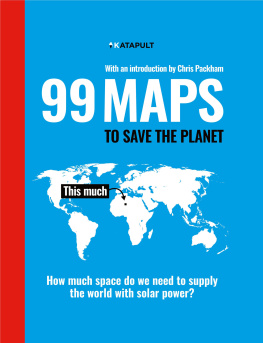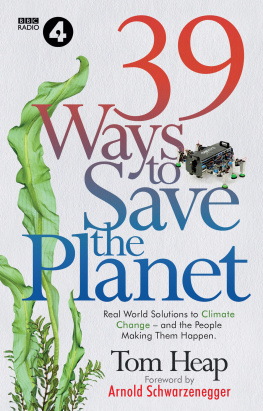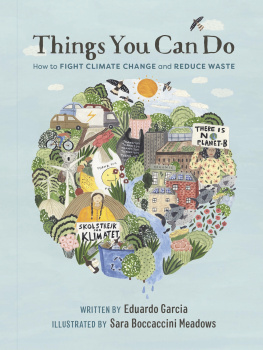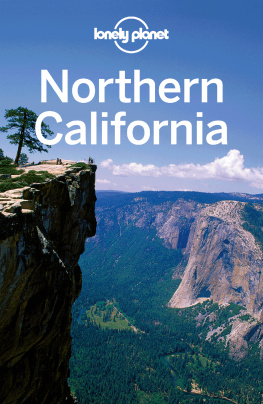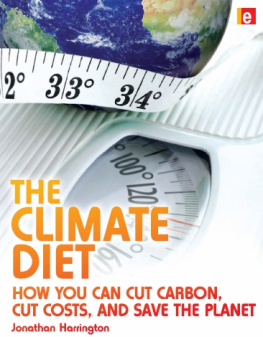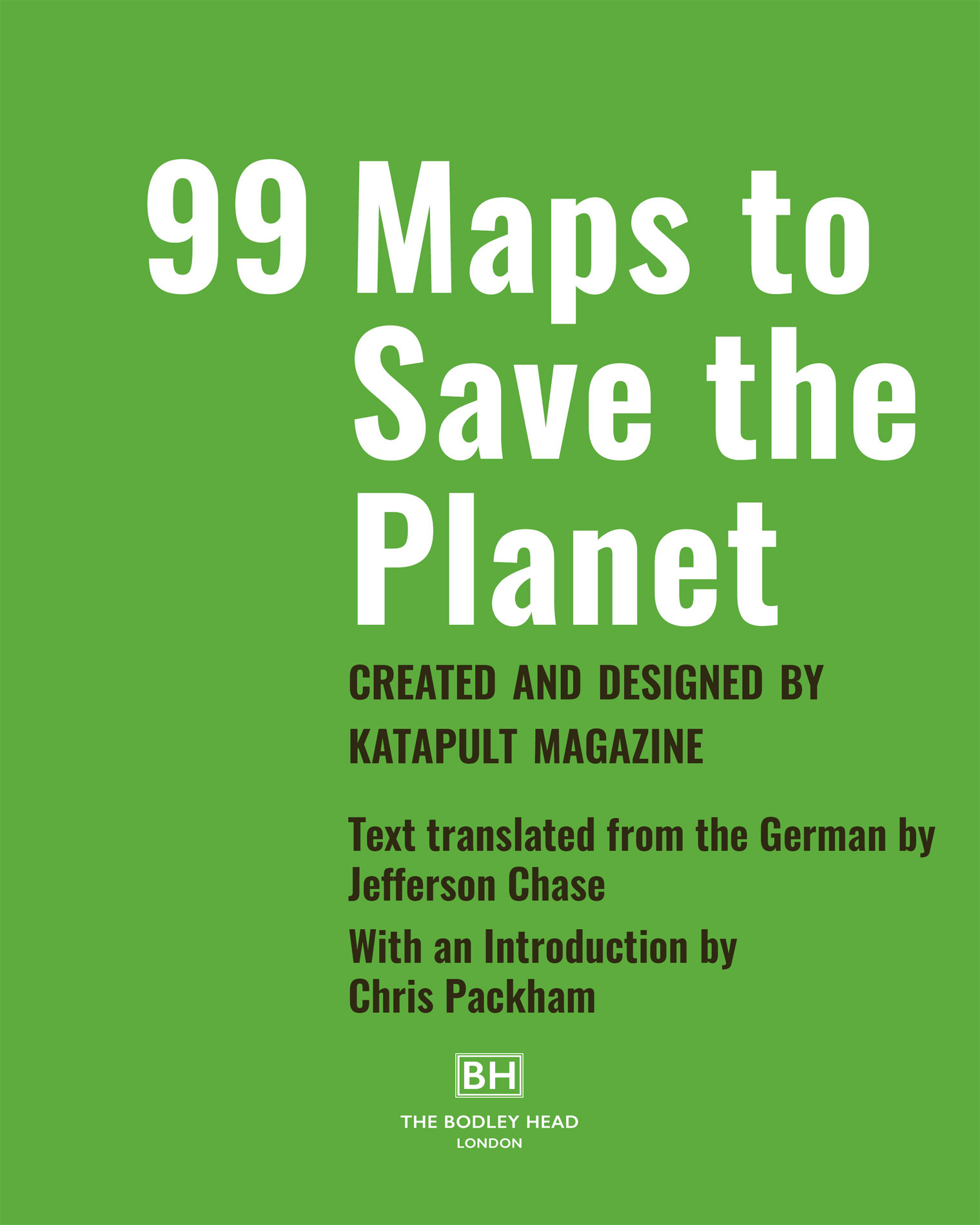
Introduction
Terrifying yet funny, surprising yet predictable, simple yet poignant, occasionally abstract and yet so very, very important this collection of infographics presents a telling picture of our planet at the beginning of the 21st century. There is both a ruthless clarity and beautiful precision in the design. These maps are unforgiving: once seen they are tattooed into your memory because they distil the horror of our careless and destructive inadequacies so explicitly. And thus they become not just revealing but pertinently motivating too. These pictures are tools power tools in a kit that must be employed as rapidly as possible to rectify the grotesque realities they so brutally expose. They tell the truth: a truth we must confront to enable change; indeed, they have been conceived to change our minds and they leave us with no doubt that without success in this regard we are doomed.
These maps work brilliantly because the premise behind each message is so straightforward, devoid of clutter or circuitous pernickety explanation; because the visual carrier of that message is so bold and clear, at times wonderfully childlike; and because the use of regional and global maps instantly identifies our place in this catastrophe and connects us with everyone else. Cleverly the authors include breathers too nuggets of information which are just nice to know, some silly humour, seemingly trivial facts to rest our conscience before we are shaken awake again by the terrible truth told by another piece of smartly presented data.
We are a visual species, we can communicate in a universal language of signs, symbols and gestures. We distil immeasurably complex emotions into a smile, we stop at the depiction of a cross and we part with the wave of a hand. And as much as we embrace complexity and revel in all its nooks and crannies, we can also be bedevilled by detail. Perhaps we have got lost in the existential labyrinth of memes and messages that weve generated around climate change and biodiversity: perhaps weve made it too difficult to understand, interrelate and imagine. Here is the antidote. There is no struggle to grasp the facts displayed so lucidly here, no excuse to ignore them.
These graphics tell our story, a story which is begging for a happier ending
Chris Packham
Have the courage to use your own reason
This book doesnt provide any action plan to protect our climate and our planet; there are no practical tips, no top ten of the best green activities. KATAPULT avoids that sort of thing: we only present the facts. Why? In the eighteenth century a famous philosopher told his students: Think for yourself and then act on it. He also produced this punchy one-liner: Have the courage to use your own reason! People liked that sentence so much it became the motto of the Enlightenment, the revolution in ideas that created the modern world.
We believe our readers dont need to be told what to do. If you are shocked by the facts presented in this book, then you will want to do something about it. And you will have your own ideas, big or small, about what you can do to protect the environment. Every individual can make things better. But thats not enough: the decisive change has to be political. And for that we need a different breed of politicians not those who short-sightedly play climate protection off against jobs and economic prosperity or who postpone plans for climate protection until 2050 because they cant be bothered.
We started KATAPULT magazine in 2016 to make science accessible and exciting. We use infographics and maps to question boring traditions and lazy assumptions and to deliver fresh ideas and arguments. And as you can see, we now also put together books.
This book reveals the precarious state of our planet but we also hope it shows how easy it would be to improve things.
Benjamin Fredrich
Editor-in-Chief
KATAPULT
Active coal-burning power plants
There are 746 companies around the world that run coal-burning power plants or mine, trade and deliver coal. Most are located in China, India, the US and Australia. About 400 of them are planning to expand operations. Coal-fired power plants operate in 95 countries, and coal facilities are planned in a further 60.

How We see nature

How N a t u r e sees us
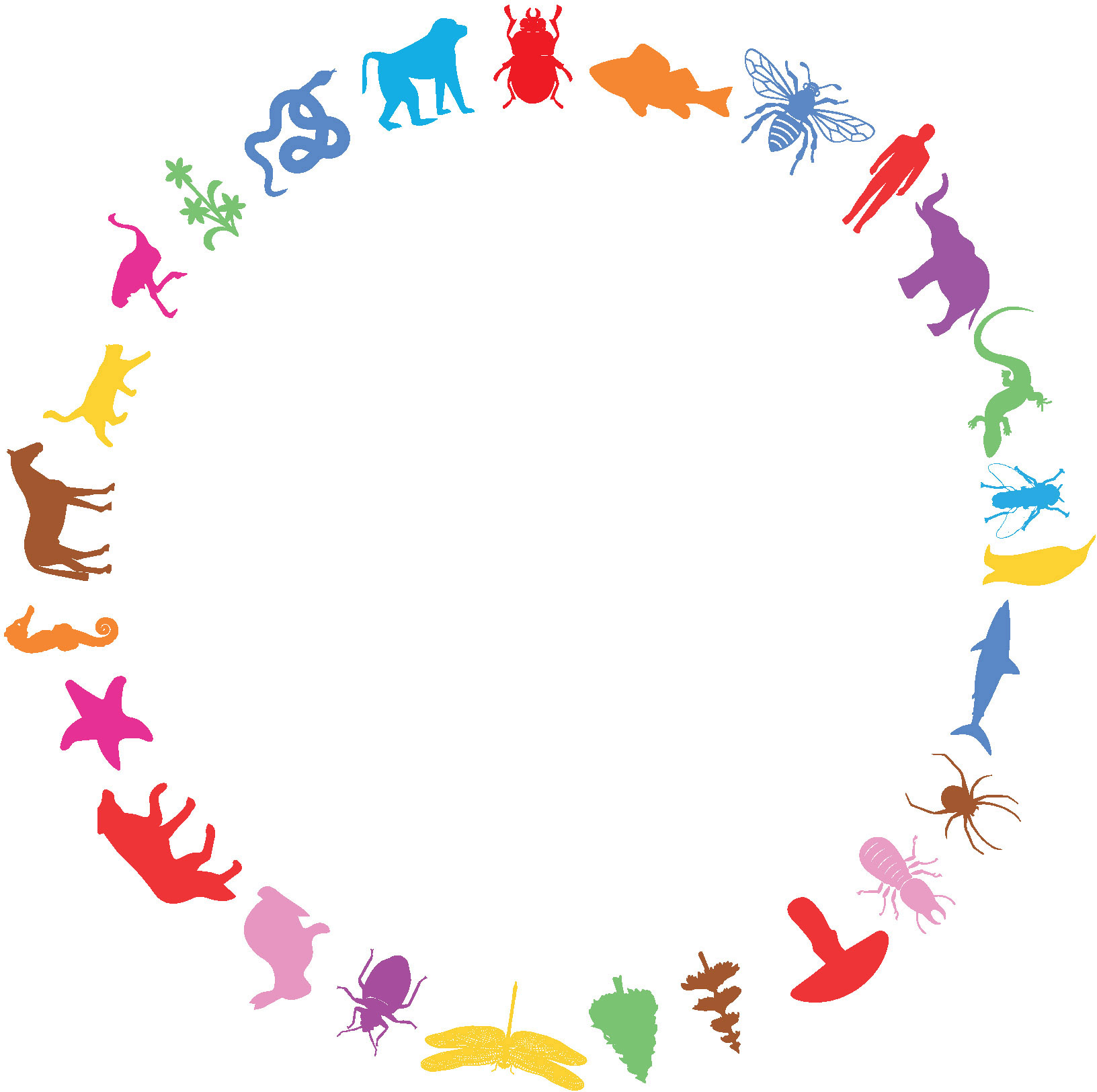
Shark vs man in 2018
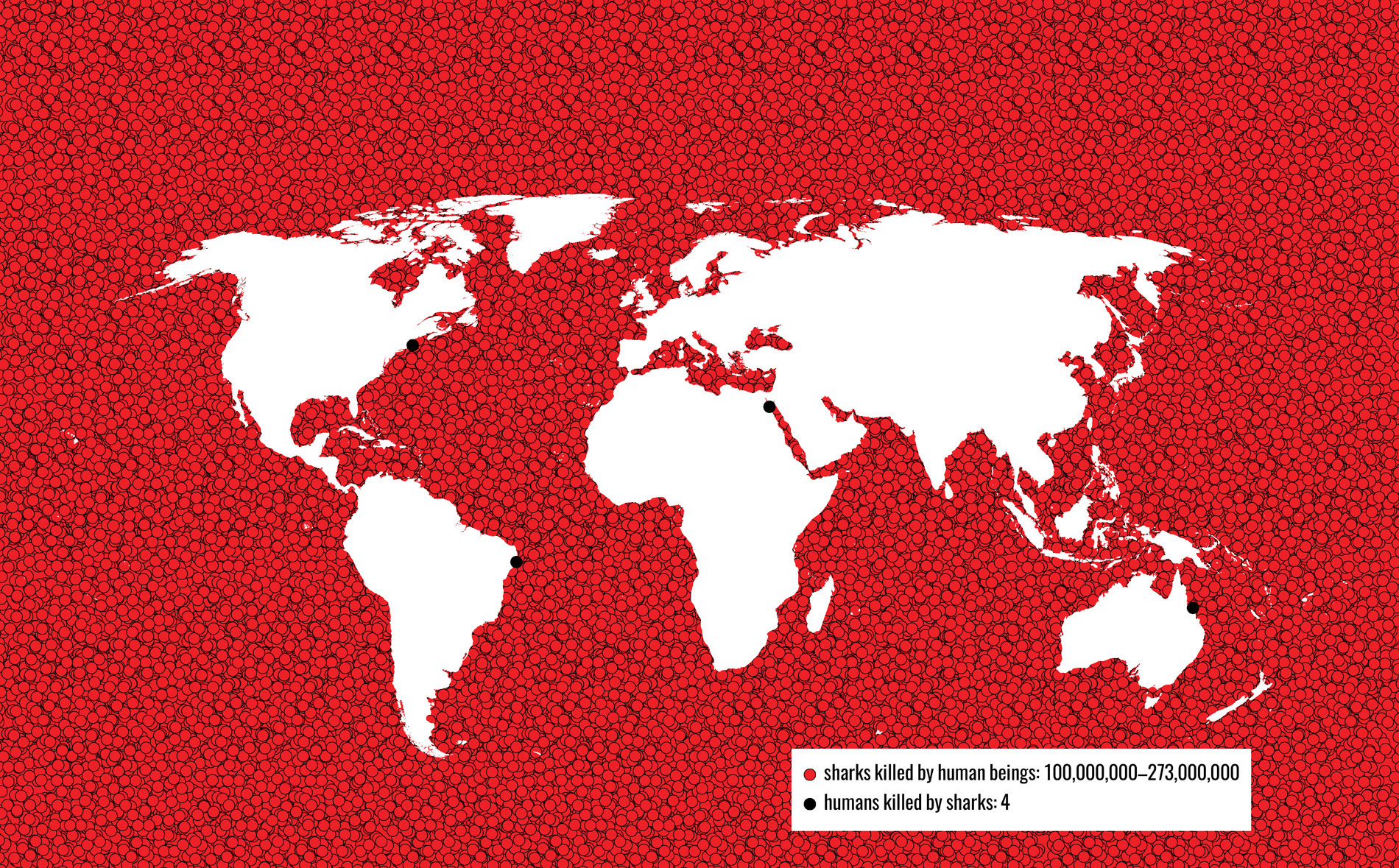
sharks killed by human beings: 100,000,000-273,000,000
humans killed by sharks: 4
Wolves in Europe
By the mid-nineteenth century, the wolf was considered extinct in many parts of northern and central Europe. In Britain, thats still the case despite efforts to reintroduce the animal. But over the past decades, wolves have returned from the south and the east to some areas in central Europe. They re-emerged in Germany, for instance, in 2000 and have been allowed to live there; they are even protected by law.
Still, wolves are unlikely to spread back to the entire continent. In many regions of Europe too many roads cut through the environment and there isnt enough wildlife to support them. By the way, statistically speaking, people in Western countries are far more likely to be attacked by a dog than by a wolf.

How much forest do we need to plant to make the world carbon-neutral?
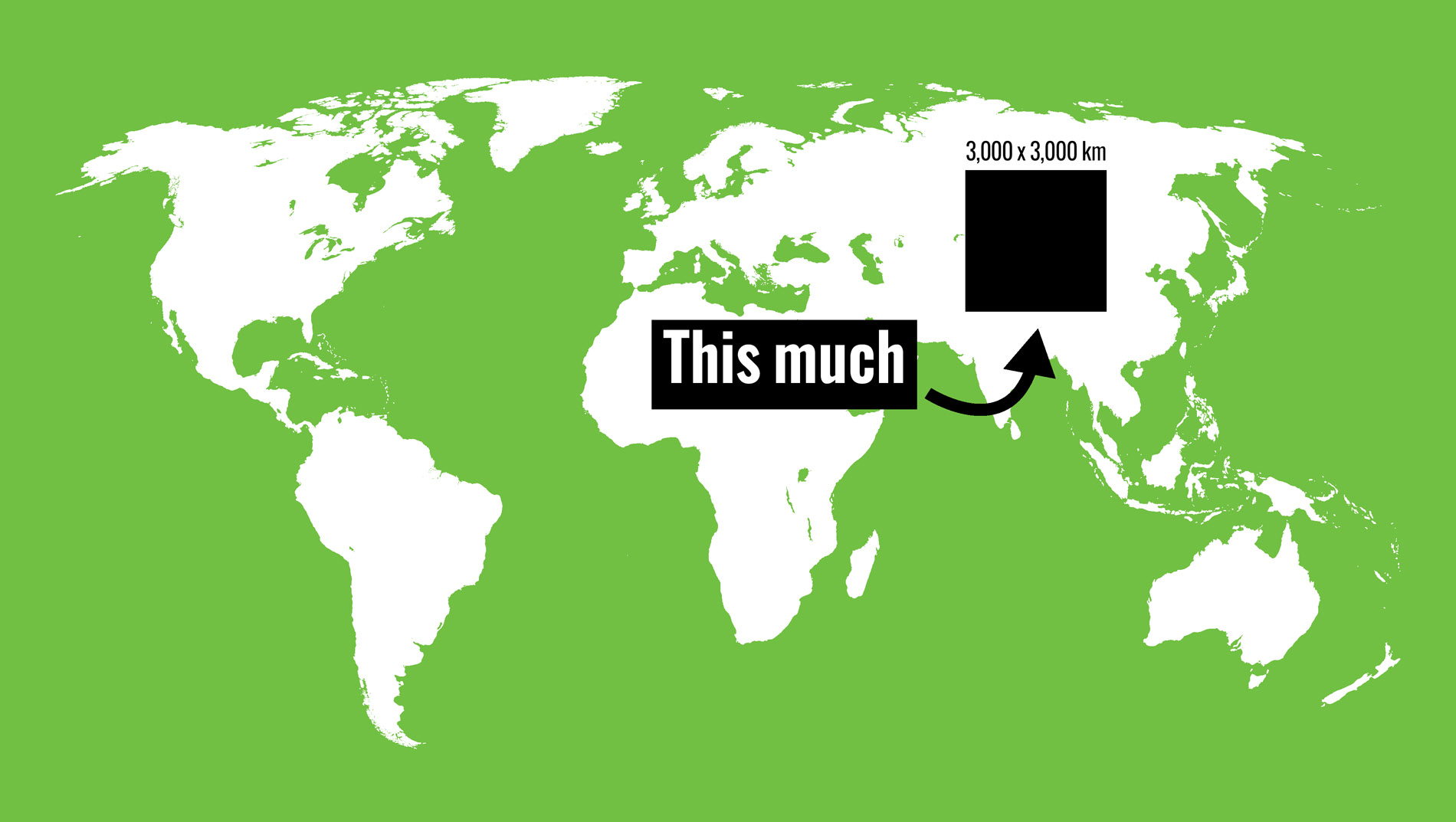
Well, thats not quite right First, reforestation is a decentralised process of course. Whats more, a recent study found that it can only compensate for two-thirds of excessive global CO2 levels. To do so, 900 million hectares of land would have to be reforested. The square in this map is purely theoretical but it illustrates what is possible. Yet planting trees alone wont be enough. Reducing CO2 emissions remains our top priority if we want to protect our climate.
Reforestation is possible in the green areas
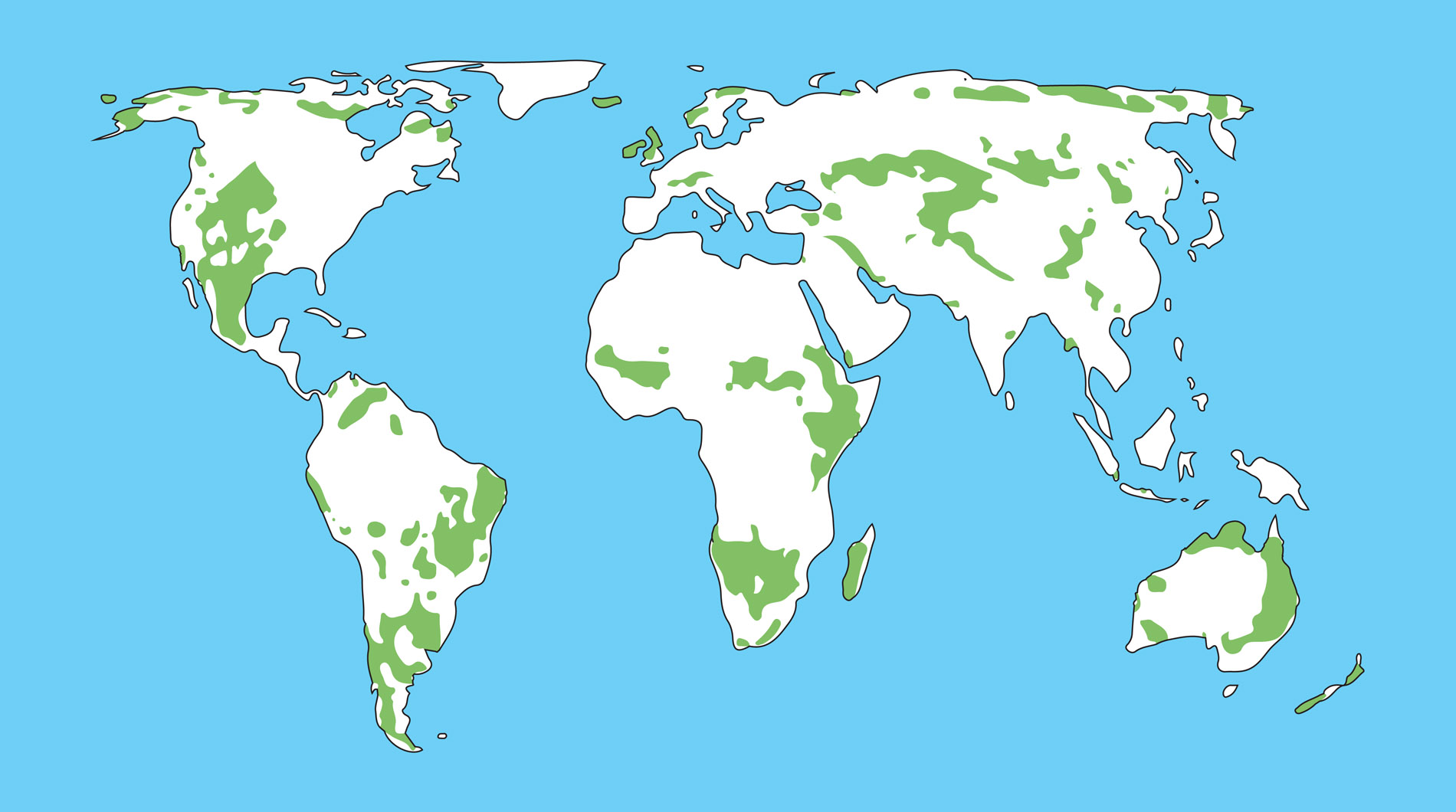
In the other regions, no new forests can be planted either because theyre already covered with trees or because the ground is too arid or frozen to support them. Reforestation done the wrong way can also be damaging. China has resorted to monoculture and planted large areas with only one type of tree. This has caused excessive acidity in the soil an environmental catastrophe.
Every third piece of rubbish in the sea is a cigarette butt
Every year 4.5 trillion cigarette butts end up in the environment. One such remnant is enough to contaminate around 40 litres of water, and cigarette ends account for every third bit of rubbish that washes up on shore. Fish ingest toxic substances and microplastics before they end up being served in restaurants.
Next page
